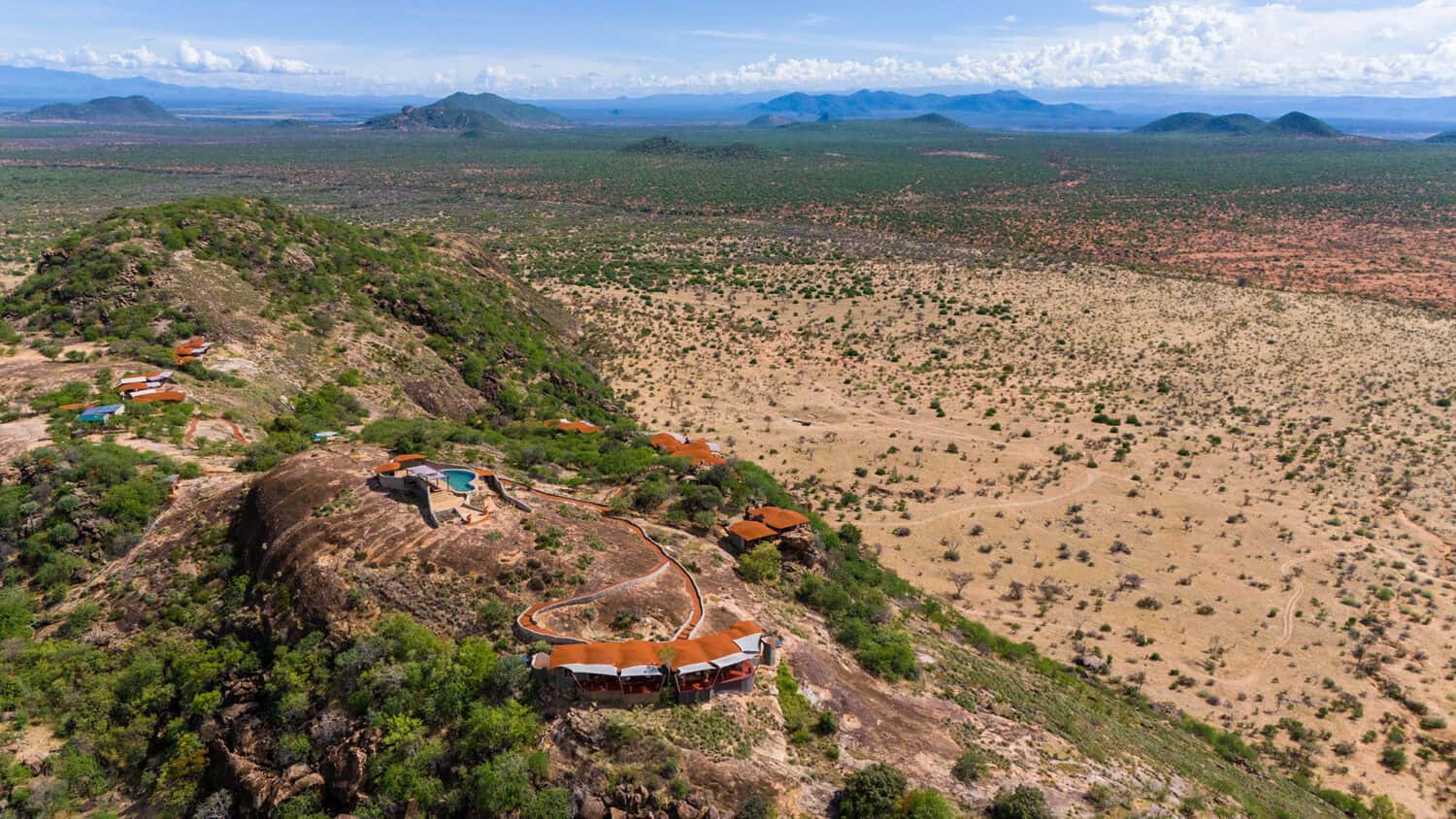Back to stories
ConservationCommunity
How Community Conservancies Protect Wildlife
Meet the Maasai elders who turned former hunting grounds into a thriving eco-system shared by people and predators.
Sarah KilelJune 30, 2025

"Ngare Sero in Laikipia was once heavily grazed and depleted. Today it holds one of the highest densities of wild dogs in Kenya—proof that community ownership can reverse decline."
A Brief History shows that in 2004, 450 Maasai families set aside 6,000 ha for conservation, forming the Ngare Sero Community Conservancy. They banned subsistence hunting and created rotational grazing zones.
Revenue and Benefits include tourism bed-night fees that fund school bursaries and a dispensary. Predator-proof bomas reduced livestock loss by 70%. Women's bead-work cooperative earns over KES 2 M annually through camp gift-shop sales.
Wildlife Wins are impressive with elephant numbers up 300% since 2010. Wild dog pack size grew from 3 to 24 individuals. Black rhino were re-introduced in 2022.
Visit on foot or horseback with guides who are local warriors that grew up tracking these animals. Your stay directly pays conservation levies and guides' wages, making this tourism at its most transparent.
Love this story?
Share it with fellow adventurers
Ready to create your own
safari story?
Let our expert guides transform these inspiring tales into your personal adventure. Every journey begins with a conversation.
✓ Expert local guides✓ Tailored itineraries✓ 24/7 support